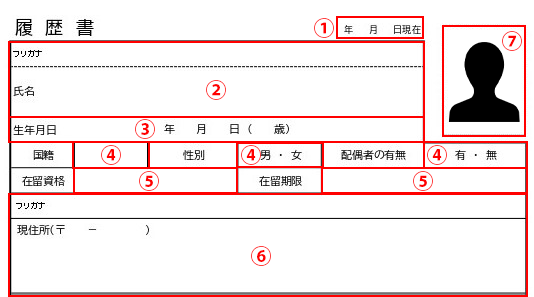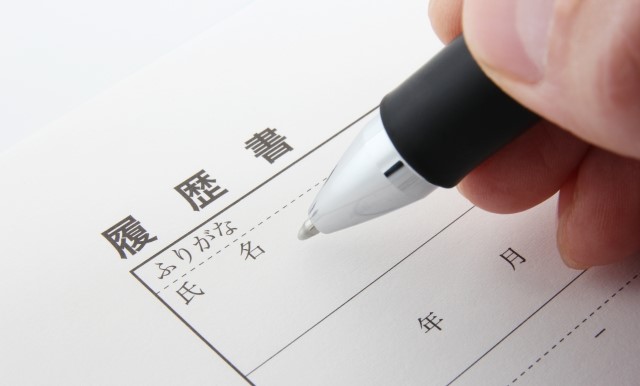
Foreigners who are thinking about finding a job or changing jobs in Japan, are you having trouble writing a resume? You may be confused by the format and how to fill out a Japanese resume.
However, a properly written resume is an important tool to effectively showcase your skills and experience and impress recruiters.
In this article, we will provide a complete guide for foreigners to master the Japanese resume. A resume is the best way to showcase your talents. Let’s learn together!
Documents required for job change: resume and curriculum vitae
When applying for a job at a Japanese company, you will need to submit two documents: a resume and a job history sheet.
What is a resume?
A resume is an important document that helps you promote yourself to companies during job hunting.
It is a concise summary of your career and capabilities, including basic information, educational history, work history, and qualifications.
What is a resume?
A resume is an important document for job hunting, just like a resume. While a resume concisely summarizes basic information, a resume describes your career in detail.
It specifically describes the work you have done, your achievements, and your skills.
This article explains how to write a resume in an easy-to-understand way.
Contact Stepjob to download the resume format and start creating your own resume.
The resume is divided into six main sections.
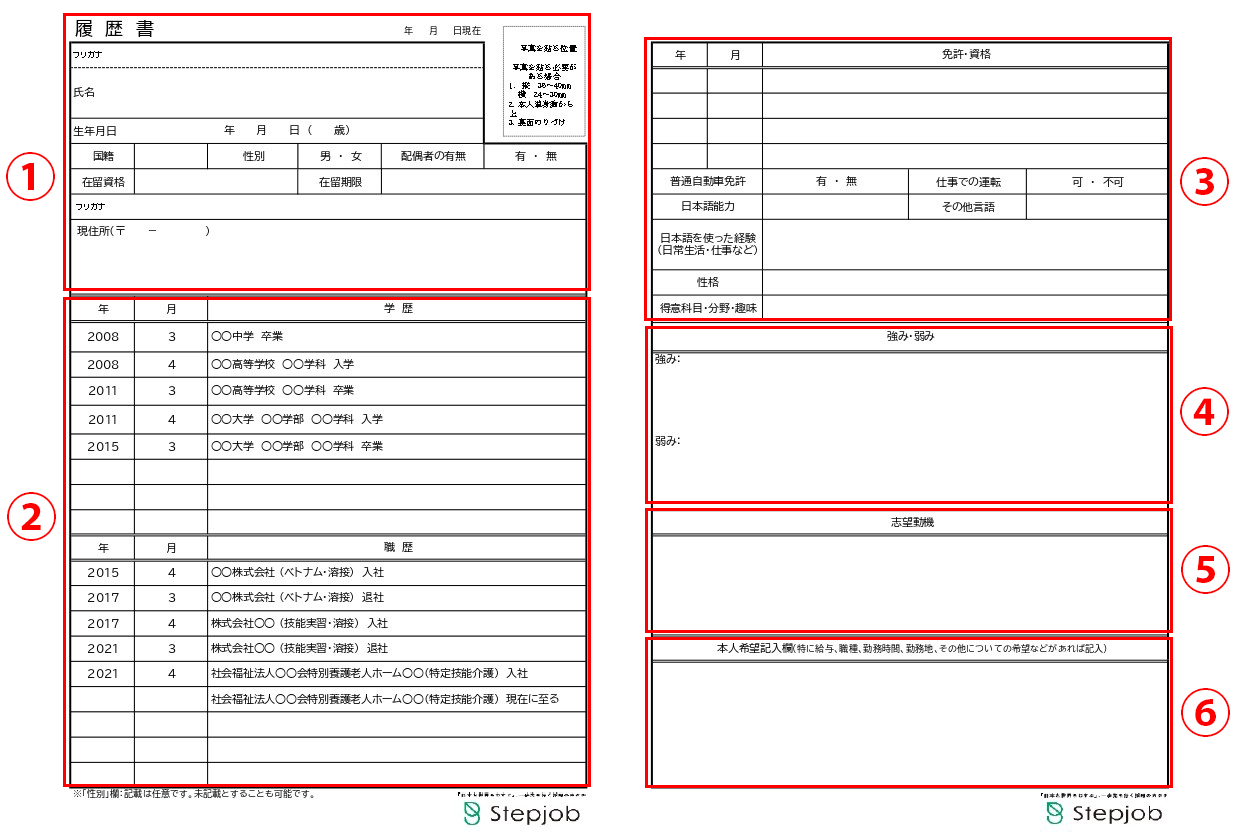 ① Basic information
① Basic information
② Educational background and work history
③ Licenses and qualifications (Japanese level), hobbies
④ Strengths and weaknesses
⑤ Reasons for applying
⑥ Personal preferences
How to fill in basic information

We will explain how to write basic information.
We will explain how to write it by following the numbers in the figures ① to ⑦.
① Basic information
Please enter the date (year/month/day) you are submitting your resume.
*If the date is more than three months old, update it with a new date.
② Educational background and work history
Please enter your name in the name section.
For your name, write your last name, leave a space, and then write your first name.
*When writing your name, please write in English or katakana. If you are from China or Korea, you can also use kanji or hangul.
If the top part is “furigana,” write it in “katakana,” and if it is “furigana,” write it in “hiragana.”
③ Licenses and qualifications (Japanese level), hobbies
Enter your date of birth as “(Year)/(Month)/(Day) born.”
* “生” at the end means “born.”
④ Strengths and weaknesses
- ・Nationality: Enter your country of origin
・Gender: Select your gender and circle it
・Marital status: A spouse is a partner in a marital relationship. If you have a husband or wife, circle it
⑤ Reasons for applying
Please fill in the type of residence status and the date of acquisition.
*If you are an international student, write “study abroad” in the residence status section.
⑥ Personal preferences
Please enter your current address.
⑦Photos
Please attach a bust-up front photo taken within the last three months.
Choose a photo that clearly shows your face.
Cleanliness is important in Japan. Having neat hair and clothes will help you make a good impression.
You can also take a photo for your resume at a “passport photo booth” installed near the station.
How to write your educational and work history
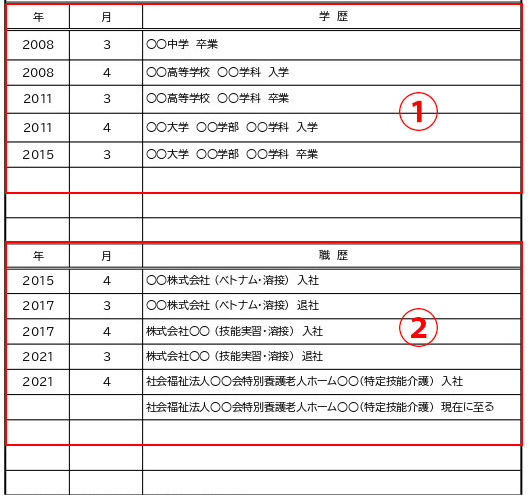 We will explain how to write your educational background and work history.
We will explain how to write your educational background and work history.
Please fill out each educational background and work history section in chronological order, starting from the top with the oldest educational background.
We will explain how to write your information, following the numbers in Figure 1 and 2.
① Educational background
Please write your educational history from junior high school or high school. Write the name of your high school as “○○ High School” instead of “○○ High School.”
*If you are writing in English, write “○○ Junior High School” or “○○ High School.”
For university, please write your faculty, department, and major course. If you are a university student, write the month you plan to graduate and write “Expected to graduate.”
② Work history
Please write down your employment history in chronological order, starting with the company you first joined.
Please write down your employment history according to the following:
- ・The year and month of when you joined and left the company
・Company name (official name)…write “XX Co., Ltd.”, not “(Stock) XX”
・Write down the department you belong to *If you have a job title, write it down as well*If you are still working, write “to the present.”
How to write about licenses, qualifications, hobbies, etc.
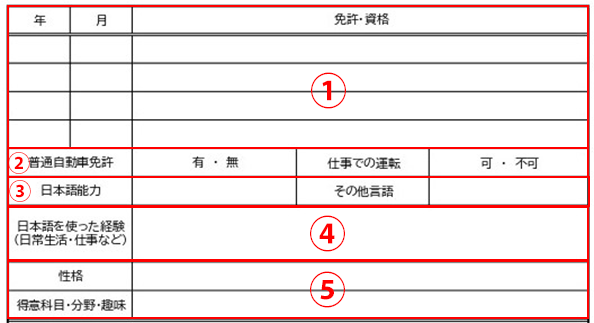 We will explain how to write about licenses, qualifications, hobbies, etc.
We will explain how to write about licenses, qualifications, hobbies, etc.
We will explain how to write according to the numbers in the diagram ① to ⑤.
①Licenses and qualifications
Please fill in the official name of your license or qualification and the year you obtained it correctly.
If you have not obtained any licenses or qualifications, write “None in particular.”
② Regular driver’s license
If you have a regular driver’s license, circle either “Yes” or “No” if you don’t.
Also, if you have a regular driver’s license and you drive for work, circle either “Yes” or “No.”
③Japanese language ability
Please enter the Japanese language level you have acquired (N1-N4).
If you do not have a Japanese language level, enter “None.”
If you can speak a language other than your native language and Japanese, enter it in “Other languages.”
④Experience using Japanese
Please write about the experiences you have had using Japanese.
For example, “I communicate in Japanese every day at work” or “Even after acquiring Japanese, I continue to practice speaking Japanese with my friends.”
⑤ Personality, favorite subjects, fields, and hobbies
In the personality section, please write about what kind of personality you are.
For example, write about your personality such as “I study Japanese every week without fail and have a serious personality” or “I am good at talking to people at work and have a cheerful personality.”
In the favorite subjects, fields, and hobbies section, write about the subjects and fields you are good at that you have studied so far.
Also, in the hobbies section, write about the things you enjoy and what you actively do on your days off.
How to write down your strengths and weaknesses
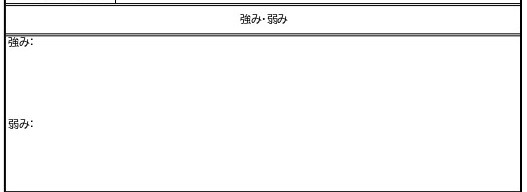 We will explain how to write your strengths (advantages) and weaknesses (disadvantages).
We will explain how to write your strengths (advantages) and weaknesses (disadvantages).
①How to write about your strengths
Write about the things you have worked hard at at school, work, volunteering, and at home.
For example, write about your strengths, such as, “My parents were busy, so I always tried my best to help out with the housework. Thanks to that, I have been able to do any housework since I was little.”
②How to write about your weaknesses
This is the section to write about your weaknesses, shortcomings, and things you are not good at. Don’t just write, “I’m not good at doing XX,” but write, “I’m not good at XX, but I have XX as a way to deal with it.”
How to write a motivation statement
 We will explain how to write your motivation statement.
We will explain how to write your motivation statement.
Please follow the points below to write it down.
- ・Why did you choose your current job?
・What do you find rewarding about your job?
・How do you want to be active in the future?
・What have you gained from your past experiences and how can you use them in your future work?
Your reason for applying is your opportunity to convey your enthusiasm: “I really want to work for your company!”
By writing a specific reason for applying, you can convey to the hiring manager how much you want to work at that company, so be sure to write specifically.
How to fill in the personal request section
 We will explain how to fill in the personal preferences section.
We will explain how to fill in the personal preferences section.
Fill in your desired conditions (job content, work location, salary, etc.), and it is common to write “I will follow your company regulations.”
However, if there are any desired conditions that you absolutely cannot compromise on at the time of applying, please make sure to write them down.
Since you will be able to communicate your desired conditions directly during the interview, it is preferable to write “I will follow your company regulations” wherever possible.
summary
Even if you think writing a resume is difficult, it’s very easy if you learn how to write one.
Some companies don’t require a resume when applying for a job, but there are cases where a resume is required for the joining procedure.
Make sure to prepare when you start job hunting.
If you are thinking about getting a job or changing jobs in Japan and want to write a resume but don’t know where to start, Stepjob staff can help you.
We can introduce you to jobs that suit you, so please try “consulting Stepjob” first.
We have a wide variety of job listings, from nursing care, IT, sales, and jobs requiring specific skills!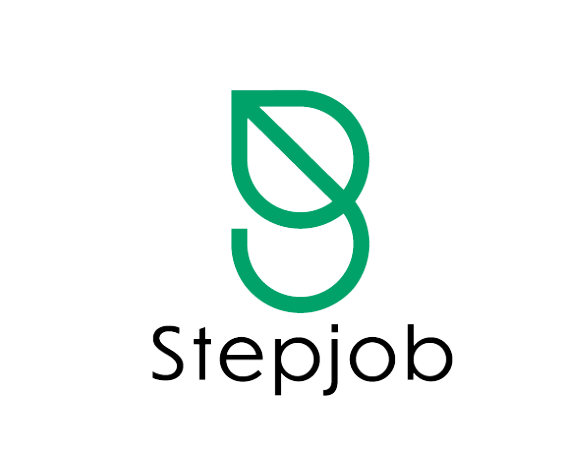
You'll find the perfect job for you.
その他の記事
- 英語 [Year-end tax adjustment] - Do I need to send 38 man to my wife or husband?????
- 英語 GUIDELINES FOR YEAR-END TAX ADJUSTMENT PROCEDURES (年末調整) (Updated with new tax information applicable from 2024)
- 英語 【Stepjob Original】Traffic rules guide for foreigners!
- 英語 [Stepjob Original] Passport Security Guide for Foreigners in Japan
- 英語 How to apply for the Temporary Special Grant (100,000 yen/household) for households not subject to resident tax


